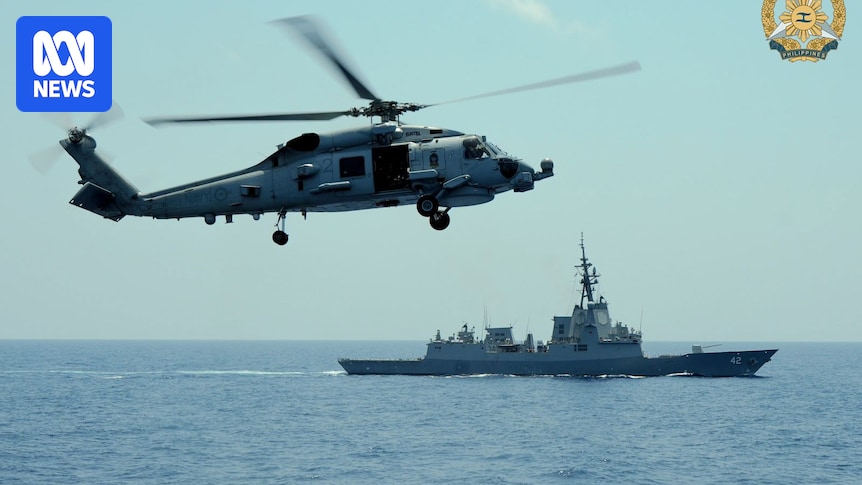China Slams Australia's South China Sea Drills: Rising Tensions in a Contested Region
China has strongly condemned Australia's recent naval drills in the South China Sea, escalating tensions in the already volatile region. The drills, involving the Australian frigate HMAS Anzac, were conducted near disputed islands claimed by several nations, including China. Beijing's response underscores the increasingly assertive stance it's taking in the South China Sea, a region crucial for global trade and strategic interests.
Australia Defends its Actions
Australia has defended its actions, stating that the drills were part of routine naval exercises aimed at maintaining freedom of navigation and upholding international law. The Australian Department of Defence emphasized that the exercises were conducted in accordance with international maritime law and were not directed at any specific nation. This statement highlights Australia's commitment to a rules-based international order in the face of China's growing influence.
China's Assertive Response
China's response, however, was swift and forceful. State-run media outlets accused Australia of "flexing its muscles" and provoking regional instability. The Chinese Ministry of Foreign Affairs issued a formal statement criticizing the drills, asserting that they violated China's sovereignty and threatened regional peace. This reaction underscores the sensitivity surrounding the South China Sea and China's determination to maintain control over the disputed waters.
The Stakes in the South China Sea Dispute
The South China Sea dispute involves competing claims from several countries, including China, Vietnam, the Philippines, Malaysia, Brunei, and Taiwan. The region is rich in resources, including oil and gas reserves, and boasts crucial shipping lanes. China's claims, based on a historical interpretation of its "nine-dash line," are largely rejected by international courts and neighboring countries. This ongoing dispute is a key source of geopolitical tension in the Asia-Pacific region.
- Key Players: China, Australia, Vietnam, Philippines, Malaysia, Brunei, Taiwan
- Key Issues: Freedom of navigation, territorial sovereignty, resource control, international law
- Potential Consequences: Increased military activity, trade disruptions, regional instability, escalation of conflict
Implications for Regional Stability
The escalating rhetoric between China and Australia highlights the growing risks of miscalculation and accidental conflict in the South China Sea. The drills, while described by Australia as routine, serve as a potent symbol of its commitment to challenging China's assertive behavior. This stand-off could further strain relations between the two countries and potentially draw in other regional actors.
Looking Ahead: A Path to De-escalation?
The situation requires careful diplomacy and a commitment to dialogue to prevent further escalation. Maintaining open communication channels and a commitment to international law are crucial for mitigating the risks of conflict. International cooperation and a renewed focus on multilateral solutions are vital for addressing the complex challenges inherent in the South China Sea dispute.
Call to Action: Stay informed about the evolving situation in the South China Sea by following reputable news sources and engaging in respectful discussions about the geopolitical implications of this ongoing dispute. Understanding the intricacies of this complex issue is vital for promoting peaceful resolutions and maintaining regional stability.
Related Articles: (These would link to other relevant articles on your website or other reputable news sources)
- [Link to article about China's Nine-Dash Line]
- [Link to article about freedom of navigation in the South China Sea]
- [Link to article about Australia's foreign policy in the Indo-Pacific]
This article utilizes H2 and H3 headings for structure, bullet points for key takeaways, bold text for emphasis, and internal/external links (placeholders provided) for SEO and reader engagement. Remember to replace the placeholder links with actual URLs.

